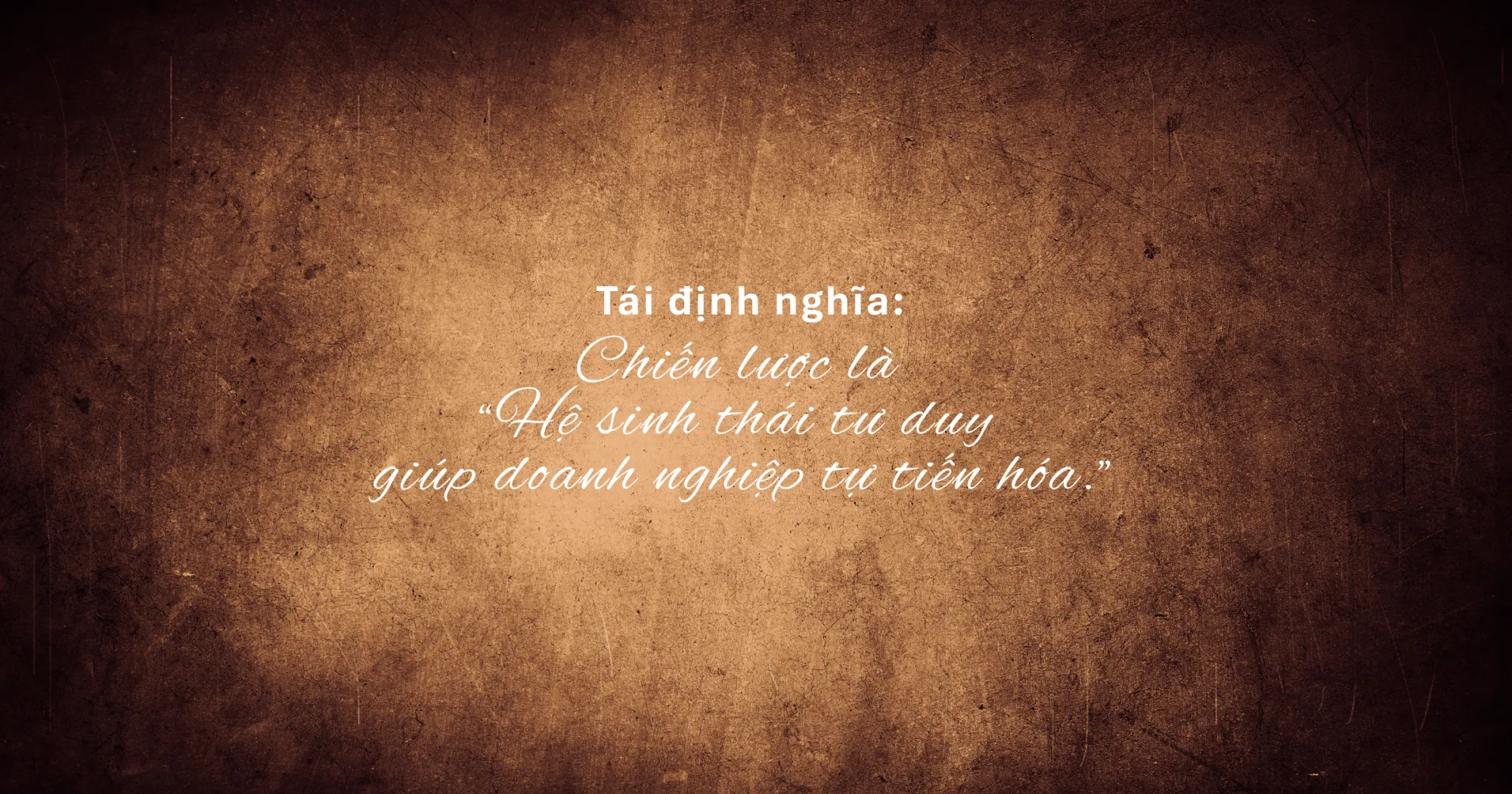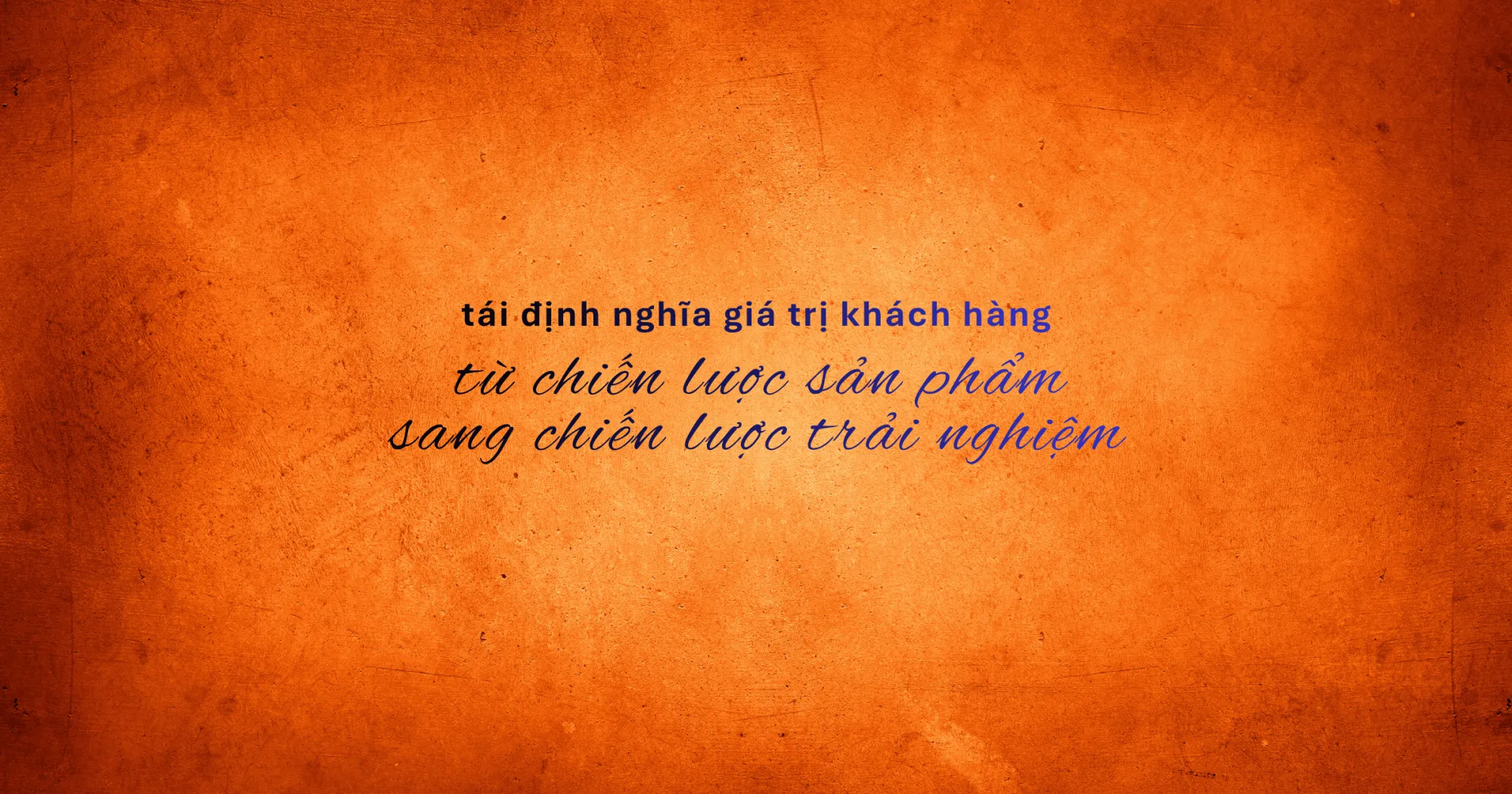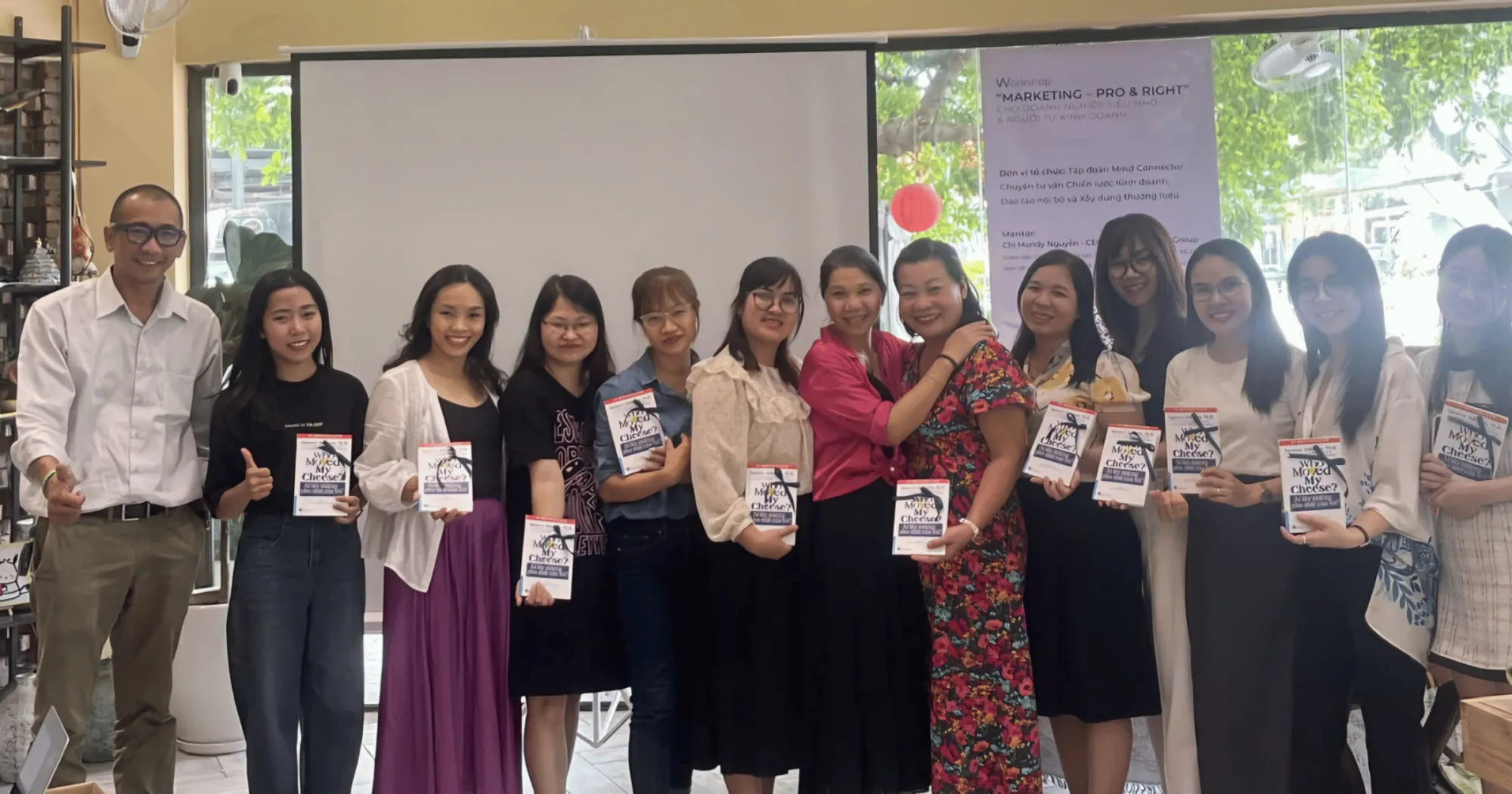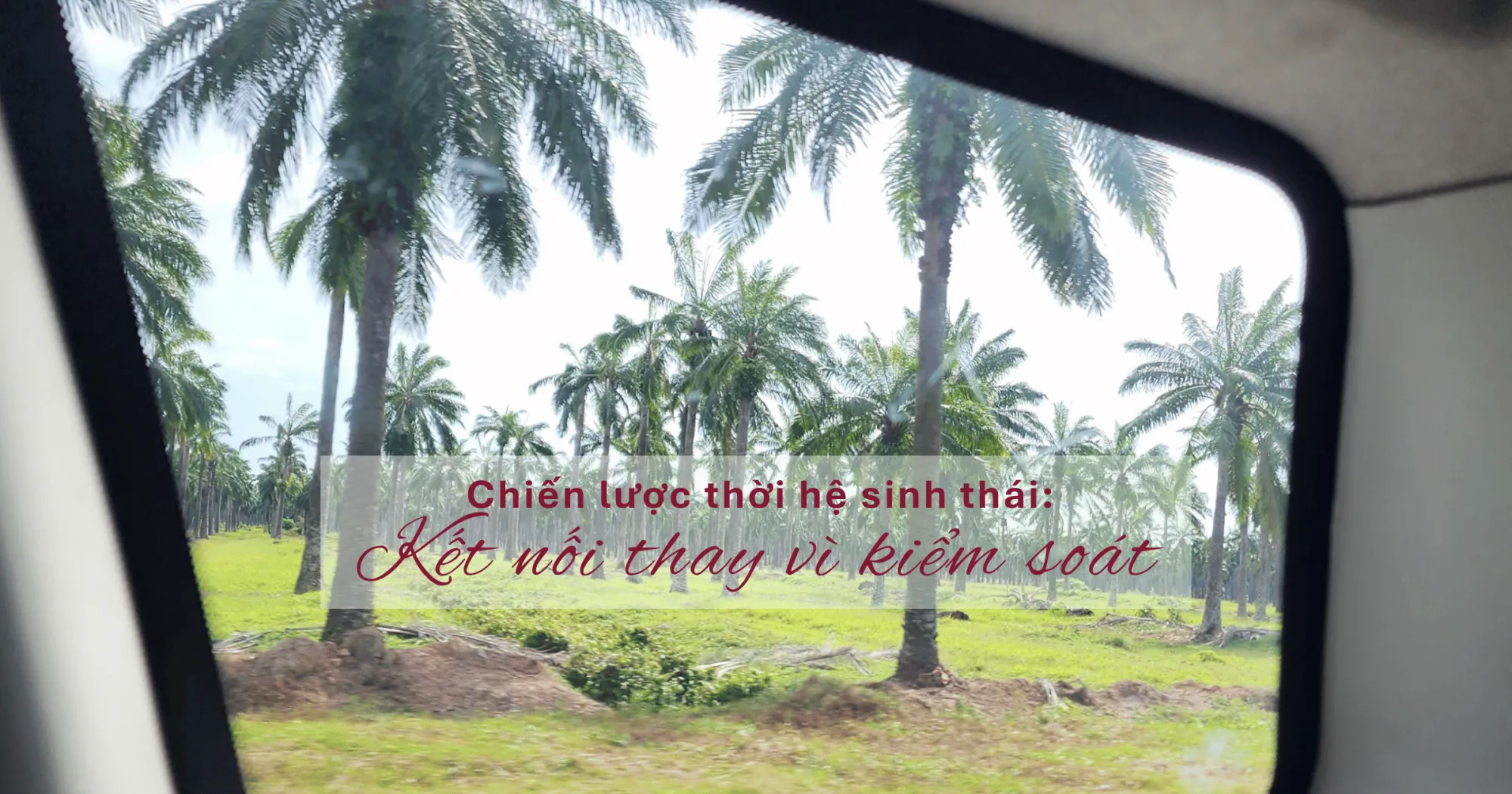Why do farmers give up growing cashews? Remember, in the past, cashews were the pride of many Vietnamese farmers. Cashew trees have been with farmers since difficult years, becoming the main source of income in many provinces such as Binh Phuoc, Dong Nai, and the Central Highlands. However, in recent years, it is not difficult to see many cashew gardens being cut down, making way for durian trees. Farmers are gradually “turning their backs” on cashew trees, but what is the real reason?
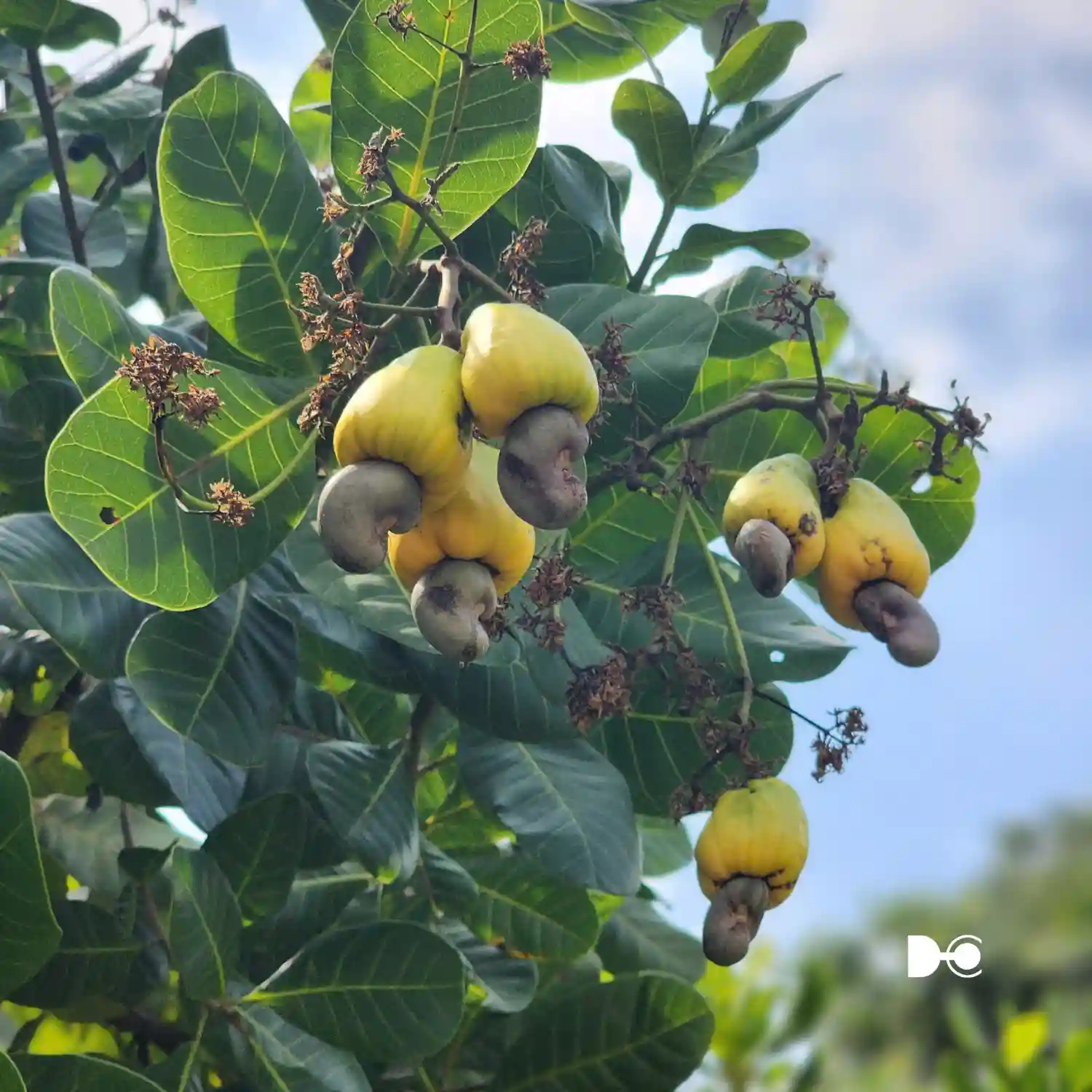
Unstable Prices – Farmers Have Difficulty Living With Cashew Trees
“It’s very hard, taking care of it all year round, but when it’s time to harvest, the price drops dramatically” – Mr. Hoa, a farmer in Binh Phuoc lamented. Indeed, the price of cashew nuts has fluctuated in recent years, making people’s income unstable. Meanwhile, the cost of investing in fertilizers and pesticides has increased day by day, many households do not have enough profit to cover their living expenses.
Cashew trees are inherently suitable for dry climates, easy to grow and require little care. But as the weather becomes more extreme, pests and diseases appear more and more, causing productivity to decrease. “There were years when it rained out of season, all the cashew flowers fell, and it was considered a total loss” – Ms. Mai, a long-time cashew grower, shared.
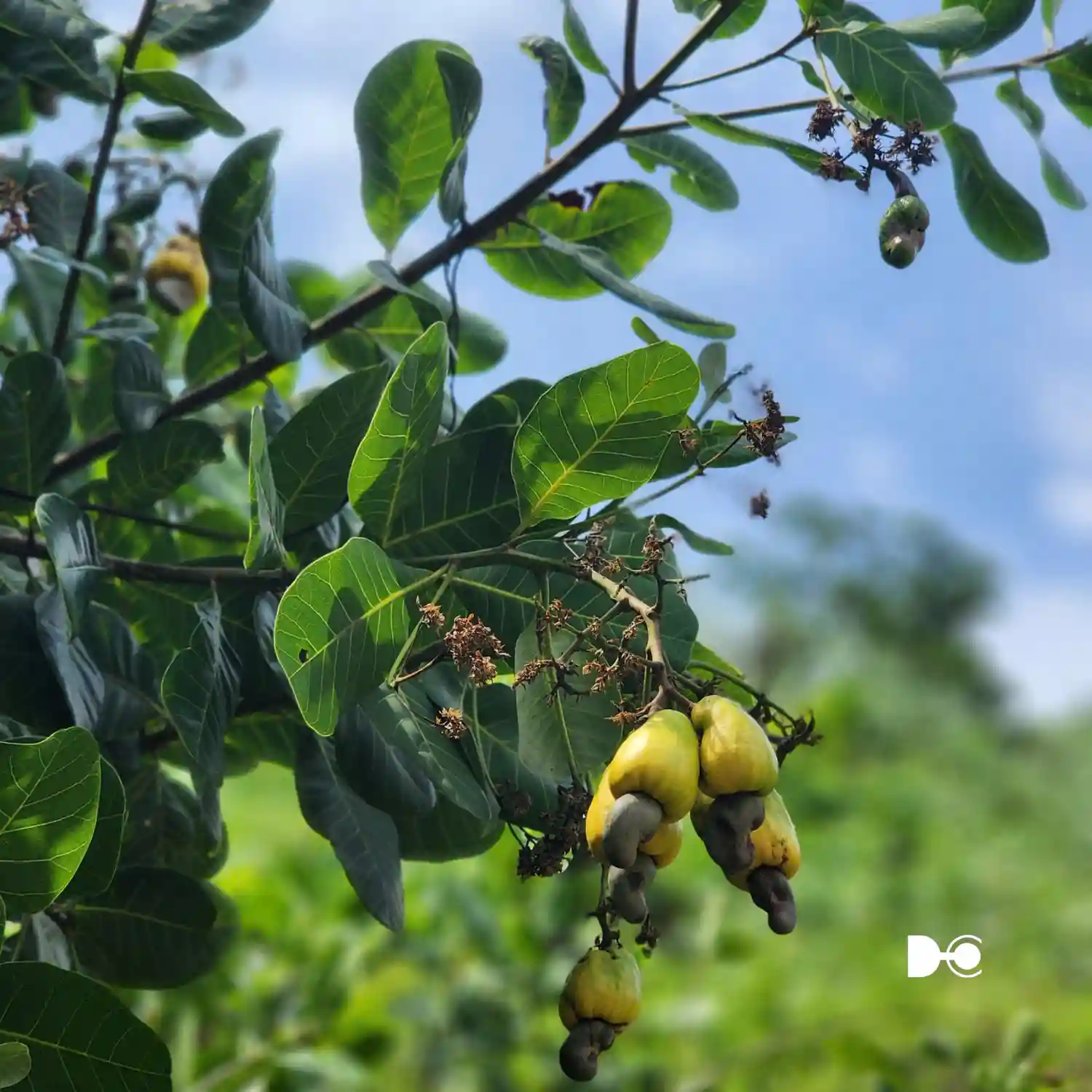
Durian – An Irresistible Price Fever
While cashew prices are unstable, durian is on the rise with sky-high prices. In particular, since the opening of the Chinese market, the demand for durian has increased sharply, with prices at the garden sometimes reaching 200,000 VND/kg. This has made it impossible for many farmers to ignore. “Growing a durian tree can earn tens of millions of VND per crop, while cashews don’t earn much” – said Mr. Tu, a farmer in the Central Highlands.
Changing consumption trends are also a factor driving this shift. Consumers increasingly favor specialty fruits, especially those with high nutritional value and unique flavors. Durian is not only consumed strongly domestically but also exported at high prices, especially in large markets such as China and Thailand.

Consequences of the Rush to Plant Durian
The massive conversion from cashew to durian is not without risks. Durian trees require much higher care techniques than cashew trees. From irrigation, fertilization to disease control, all require large investments. Many people plant durian according to trends, lacking experience, leading to mass tree deaths or poor productivity.
On the other hand, durian requires a large amount of water while many cashew growing areas in the past did not have suitable irrigation systems. “If the drought lasts long and there is not enough water for irrigation, it will be considered a total loss” – Mr. Tam, a farmer in Dong Nai, worried.
In addition, the imbalance in crop structure is also an alarming problem. If too many people grow durian, the risk of excess supply is inevitable. At that time, prices will drop sharply, causing heavy losses for farmers.
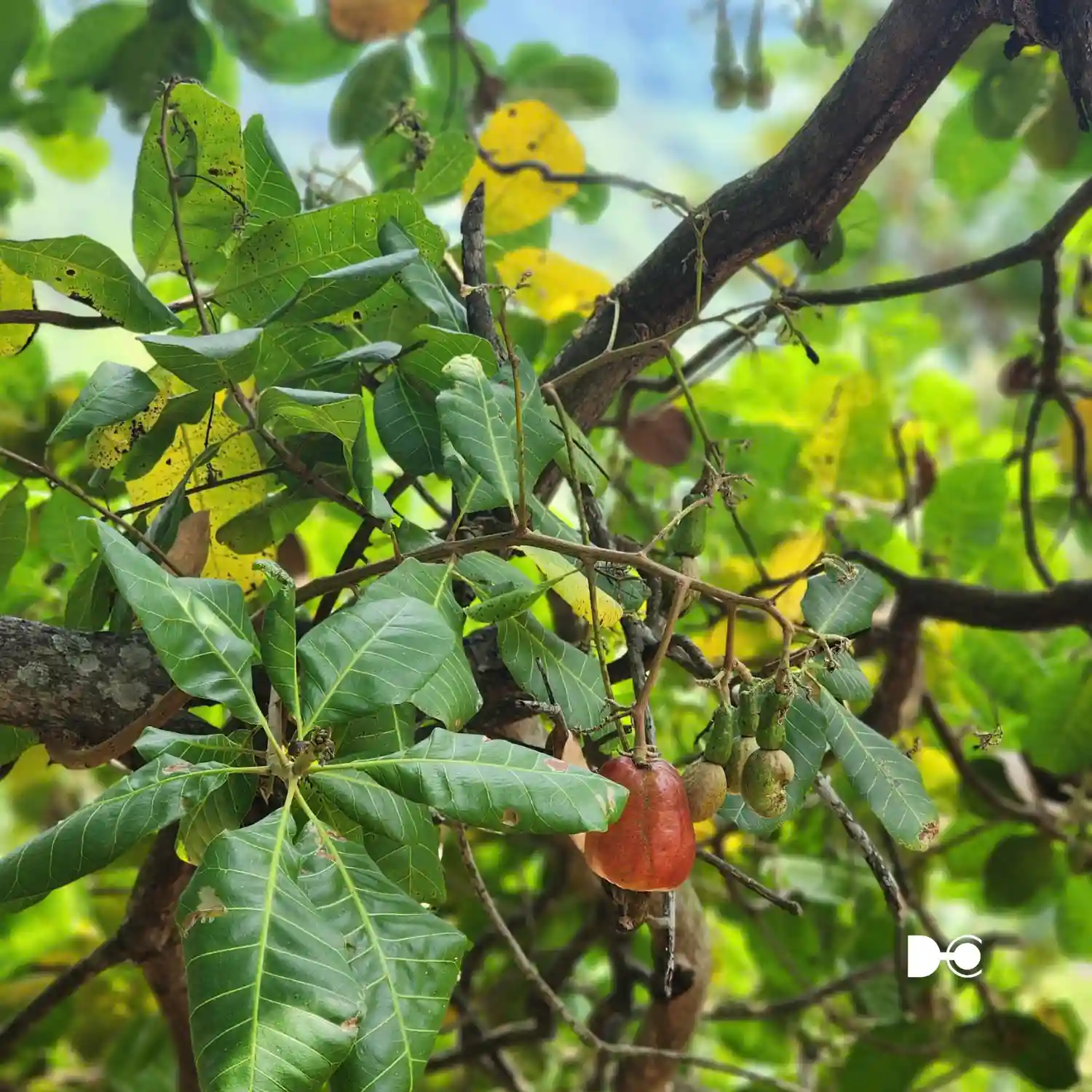
Conclusion: Be Careful When Changing Crops
Crop switching is the right of farmers, but this change needs to be carefully calculated. It is impossible to just chase the high prices in the short term and forget about the long-term risks. It is important that farmers have support from agricultural experts, be guided on sustainable farming techniques and grasp accurate market information.
In the future, will cashew trees have a chance to recover? This depends on the State’s support policies, technological innovation and the awareness of maintaining ecological balance from the farmers themselves. Therefore, when choosing to change crops, farmers should consider carefully to avoid unfortunate consequences.







